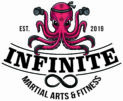A Complete Guide to Strength and Conditioning for Martial Artists
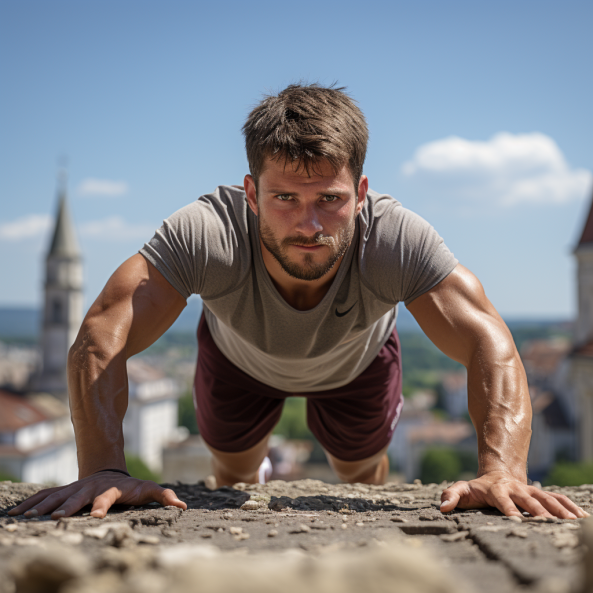
Introduction
Ready to unlock your potential? Strength and conditioning isn’t about bulking up or running marathons – its a key component to enhancing your career. In this comprehensive guide, we’ll dive into the how’s and whys of building strength and conditioning for martial arts. Whether you’re an aspiring MMA, Muay Thai, BJJ athlete or heck even a boxer, this guide will set you on the path to peak physical performance. Now let’s turn the heat up on your training!
Building Strength for Martial Arts
Why It Matters
Strength training is crucial for the fighter and there is nothing worse than being locked in a cage with someone who is stronger than yourself. When skill is even, strength enhances the power behind your strikes and the firmness of your defense. When skill is lopsided the stronger opponent always has the opportunity to regain the advantage.
How to build your Strength and Conditioning
- Compound Movements: Exercises like deadlifts and squats work multiple muscle groups, giving you functional strength that applies directly to martial arts. These movements are hard, your competition hopefully is not doing them.
- Specificity: Focus on strength that directly translates, example being grip strength for a grappler, anyone who’s rolled with a stone mason knows what formidable grip strength is capable of.
- Balance: Ensure a balance between upper and lower body workouts to maintain agility and coordination. avoid being a “bro” use your damn legs.
Comprehensive Exercise Breakdown
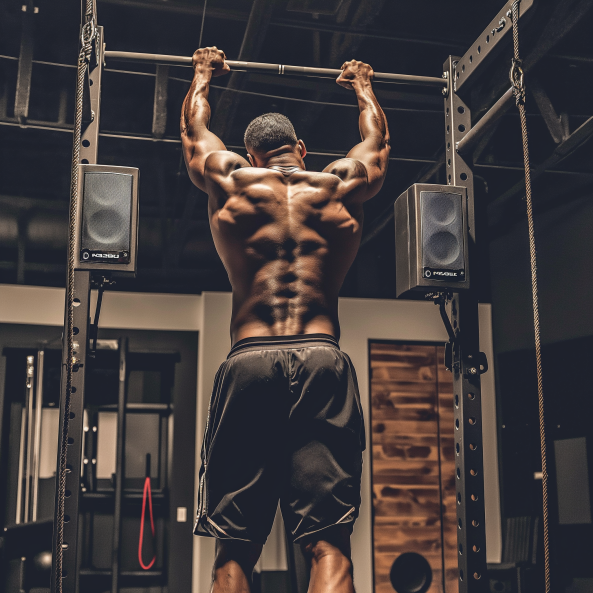
Pull-Ups: The Backbone of Upper Body Strength
Why Pull-Ups?
Pull-ups are a fundamental exercise for developing upper body strength, crucial for effective grappling and clinching in martial arts. They target multiple muscle groups, including the back, shoulders, and arms, offering comprehensive strength development.
Mastering Pull-Ups
- Technique: Focus on full range of motion, pulling up until the chin clears the bar and then lowering back down fully.
- Progressions: If standard pull-ups are challenging, start with assisted variations using bands & gradually build strength.
- Frequency: Incorporate pull-ups into your routine 2-3 times a week for optimal results.
Push-Ups: Powering Up Your Strikes
The Importance of Push-Ups
Push-ups are instrumental in developing the chest, shoulders, and triceps, directly translating to more powerful strikes in martial arts. They also enhance core stability, vital for maintaining balance and posture during a fight.
Variations for Enhanced Effectiveness
- Medicine Ball Push-Ups: Incorporate a medicine ball to engage stabilizing muscles and improve balance.
- Diamond Push-Ups: Target your triceps more intensely by placing your hands close together.
- Plyometric Push-Ups: Add an explosive element to your push-ups to mimic the rapid force exertion required in martial arts.
Thrusters: Cultivating Explosiveness and Cardiovascular Fitness
Why Thrusters?
Thrusters combine a front squat with an overhead press, making them an exceptional exercise for building explosiveness and improving cardiovascular fitness – both vital for martial artists.
Executing Thrusters Effectively
- Form: Start with a squat, holding a barbell at shoulder level, then explosively rise and transition into an overhead press.
- Benefits: This compound movement enhances coordination, power, and endurance, directly benefiting performance.
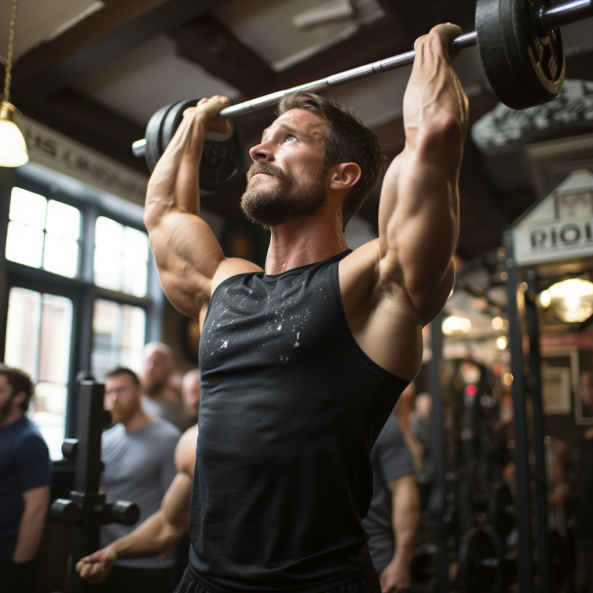
Overhead Presses: Building a Fortress of Shoulders
Strengthening Your Guard with Overhead Presses
Overhead presses are key to developing strong shoulders, ensuring you can maintain a solid guard against strikes. Big shoulders in boxing are big sheilds to hide your chin behind. This exercise also improves overall upper body strength, crucial for throws and blocks.
Perfecting Overhead Presses
- Technique: Keep your core engaged, press the weights overhead without arching the back, and align the wrists over the shoulders.
- Variations: Use dumbbells or kettlebells for added stability challenges and to correct any imbalances between sides.
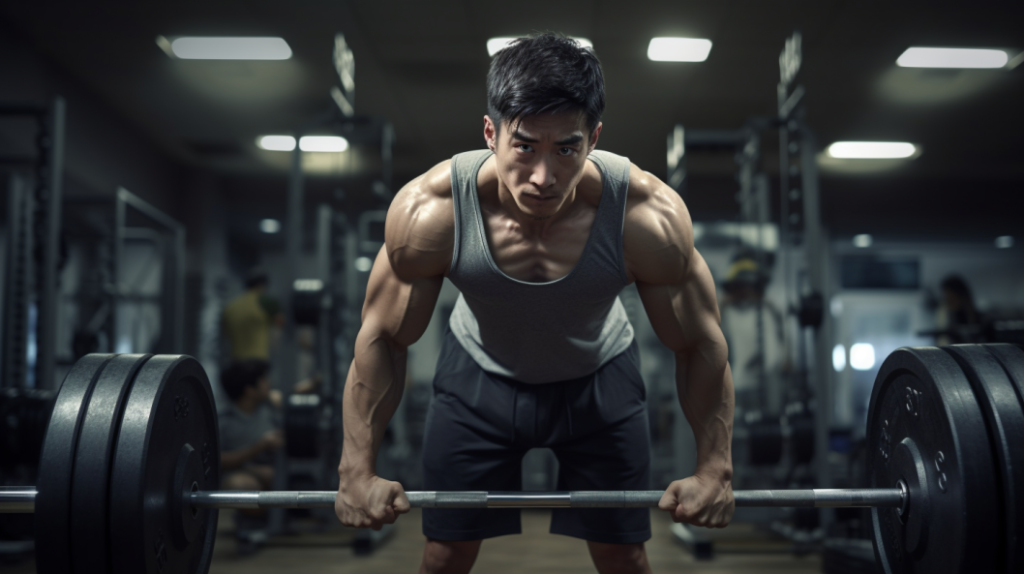
Deadlifts: The Core and Grip Strength Enhancer
for BJJ and Beyond
Deadlifts are particularly beneficial for Brazilian Jiu-Jitsu practitioners as they strengthen the grip and the entire posterior chain – muscles critical for effective grappling.
Deadlifts Done Right
- Form: Focus on a neutral spine, drive through the heels, and engage the core throughout the lift.
- Frequency: Include deadlifts in your routine 1-2 times a week, allowing adequate recovery time due to their intensity.
Squats With A Barbell: Foundation for Lower Body and Core
Essential for Martial Arts Agility
Squats, especially with a barbell, are fundamental for developing leg strength and core stability. Look at how fluid Iron Mike Tyson moved, and then look at his legs! These training is vital for quick movements and generating agregious amounts of power.
Squat Varieties for Maximum Benefit
- Back and Front Squats: Both variations are beneficial – back squats for overall strength and front squats for improved posture and core engagement.
- Technique Tips: Maintain proper form by keeping your chest up and knees aligned with your toes throughout the movement. Remember to keep it explosive!
Conditioning for Martial Arts
The Importance
Conditioning is about more than just stamina. It’s about being able to perform high-intensity techniques consistently and effectively throughout your training or a bout. If you get tired, you die. and nothing is worse than gassing out in the 2nd round ahead on the cards.

Effective Methods
- Interval Training: Short bursts of high-intensity training followed by brief rest periods.
- Circuit Training: Rotate through a series of exercises targeting different muscle groups with minimal rest.
Conditioning Fundamentals
Understanding Conditioning
Conditioning is about more than just endurance; it’s about preparing your body to handle the rigors of martial arts training and competition. This includes cardiovascular fitness, muscle endurance, and the ability to recover quickly.
Key Components
- Cardiovascular Fitness: Improves your ability to sustain high-intensity efforts.
- Muscle Endurance: Enables your muscles to perform over extended periods without fatigue.
- Agility and Speed: Enhances your ability to move quickly and efficiently in training or bouts.
Core Conditioning Workouts
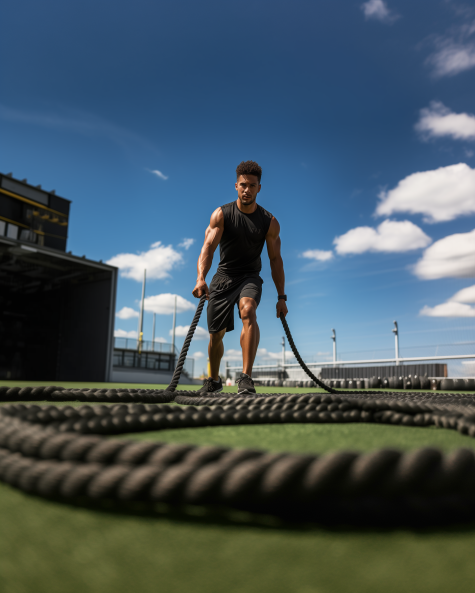
High-Intensity Interval Training (HIIT)
Concept
HIIT involves short bursts of intense exercise followed by brief rest periods. This training is ideal for mimicking the high-energy demands of martial arts bouts.
Sample Workout
- 30 seconds of burpees (think takedown defence)
- 30 seconds rest
- 30 seconds of knee strikes to a padded wall
- 30 seconds rest
- Repeat for 15-20 minutes
Endurance Training
Concept
Longer, less intense workout sessions that build your overall stamina and endurance, preparing you for lengthy training sessions or matches. If you have the money invest in a good HR monitor and do your best to stay within a HR zone you can carry for 45 to 90 minutes. Over time you should be able to measure how your output improves.
Sample Activities
- Running or jogging
- Cycling
- Swimming (hard to measure output but swimming is incredible conditioning especially for the constantly injured striker category)
Plyometric Training
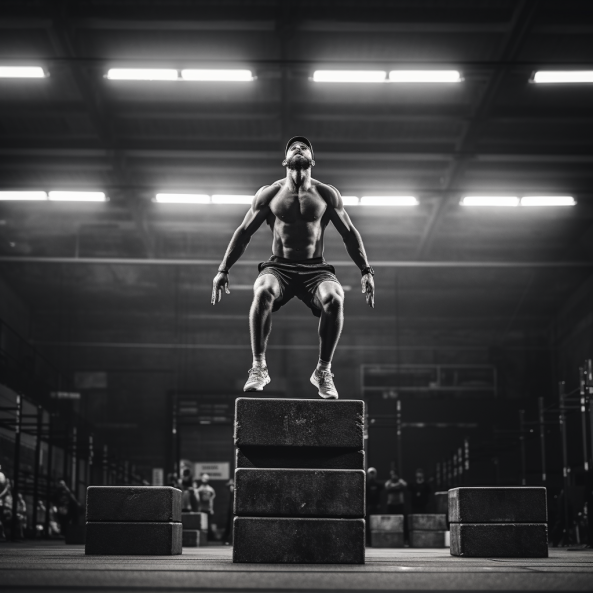
Concept
Plyometric exercises involve explosive movements, improving your power, speed, and agility.
Sample Exercises
- Box jumps
- Jump squats
- Clap push-ups
Circuit Training
A series of exercises performed one after another with minimal rest. This format is excellent for building endurance and strength simultaneously.
Sample Circuit
- 1 minute of jump rope
- 1 minute of push-ups
- 1 minute of kettlebell swings
- 1 minute of mountain climbers
- Rest for 2 minutes, then repeat the circuit 3-5 times
Sport-Specific Conditioning Drills
Martial Arts Shadowboxing
Shadowboxing is not just a technique drill; it’s also a great way to condition your body. It improves your footwork, speed, and mimics the energy output of a real fight.
Practice
- 3-minute rounds of intense shadowboxing, focusing on footwork and speed
- 1 minute of rest between rounds
- Repeat for 5-6 rounds
Bag Work
Heavy bag training is crucial for building endurance, power, and technique in striking. If your looking to punch or kick harder nothing quite beats doing exactly that on the heavy bag.
Practice
- 2-3 minute rounds of varied intensity punching and kicking
- Include movement and defensive techniques
- Rest for 1 minute between rounds
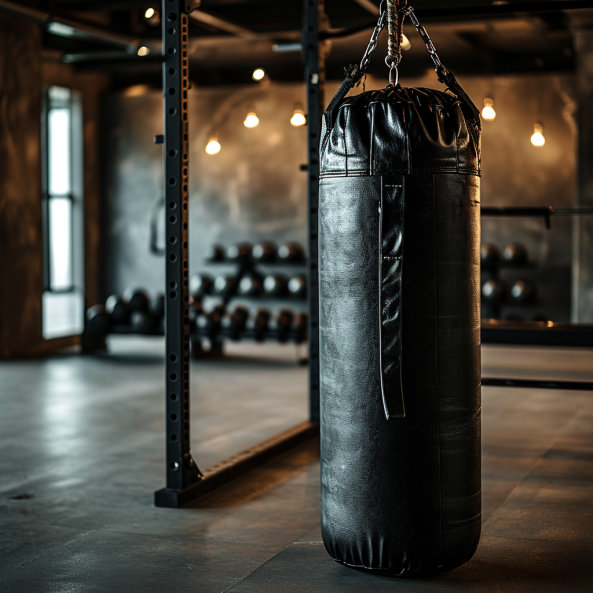
Grappling Drills
Specific to grappling arts, these drills improve your ground game endurance and technique.
Practice
- Partner drills focusing on position changes, submissions & escapes from varying depths of submissions.
- Practice at a moderate pace for 3-5 minute rounds
Recovery and Flexibility
Importance of Recovery
Active recovery and proper rest are vital to prevent overtraining and injuries.
Techniques
- Light jogging or walking
- Stretching or yoga
- Adequate sleep and nutrition
Flexibility Training
Concept
Flexibility is crucial in martial arts and its a cheat code for BJJ especially for intermediate athletes who are looking for preventing injuries and improving performance. Lets be honest, we could all use a few more degrees of flexibility to buy that extra time for the escape.
Practice
- Daily stretching routine
- Yoga classes
- Dynamic stretching before workouts
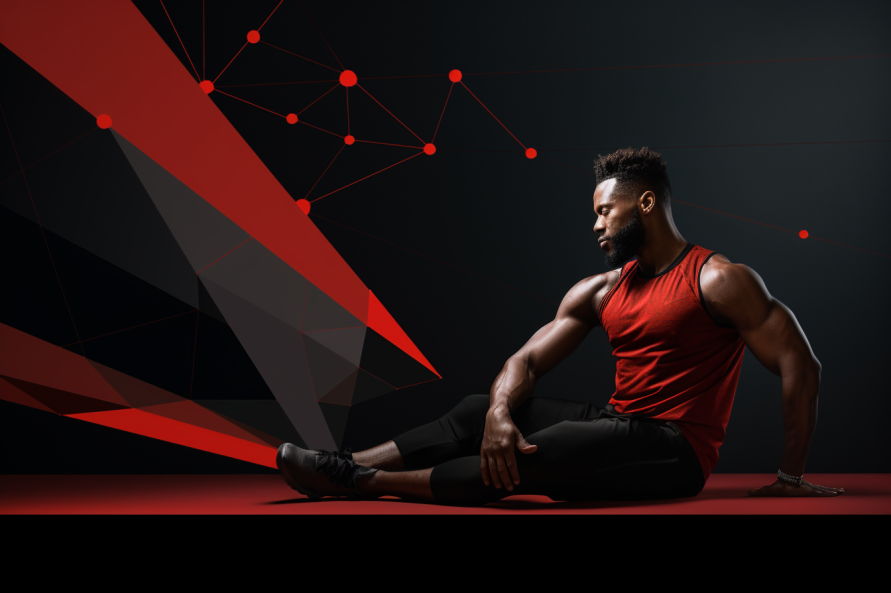
Achieving Fighter Physique
Beyond Strength and Stamina
A fighter’s physique is a blend of strength, flexibility, and lean muscle mass. It’s about being strong and agile.
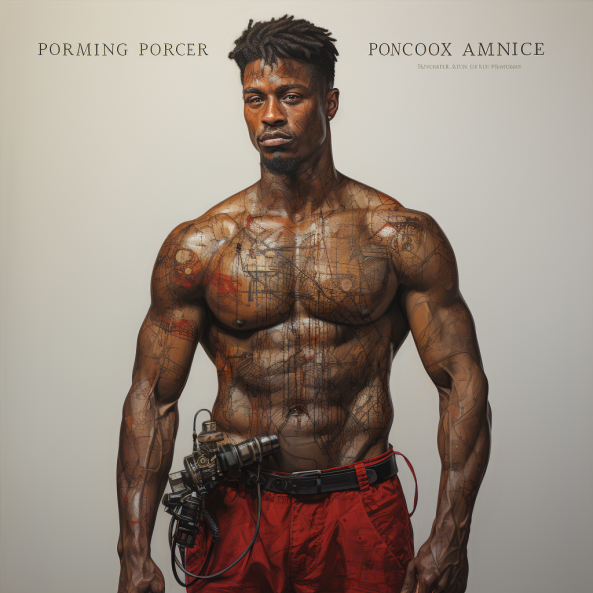
How to Get There
- Diverse Workouts: Combine weight training with bodyweight exercises.
- Diet and Nutrition: Focus on a balanced diet rich in protein, healthy fats, and complex carbohydrates.
- Consistency: Regular and varied training routines are key to developing and maintaining a fighter’s physique.
Advanced Tips for Insane Strength
Pushing the Limits
- Progressive Overload: Gradually increase the weight and intensity of your workouts.
- Plyometrics: Exercises that focus on explosive power to increase speed and force.
Exercises Every Martial Artist Needs
- Pull-Ups: Essential for upper body strength, vital for grappling and clinching.
- Push-Ups: Improves striking power. Try variations like medicine ball push-ups for balance.
- Thrusters: Enhances explosiveness and cardiovascular fitness.
- Overhead Presses: Builds strong shoulders for a solid guard.
- Deadlifts: Activates core and improves grip strength – crucial for BJJ.
- Squats With A Barbell: Develops leg strength and core stability.
- Burpees: Builds endurance and mimics grappling movements.
Conclusion
This guide is your first step towards achieving the ultimate strength and conditioning as a martial artist. Remember, consistency is key. Mix up your routines, focus on form, and don’t forget the importance of recovery and nutrition. Ready to put this into action? Join us at Infinite Martial Arts and Fitness, and embark on your journey to greatness!
